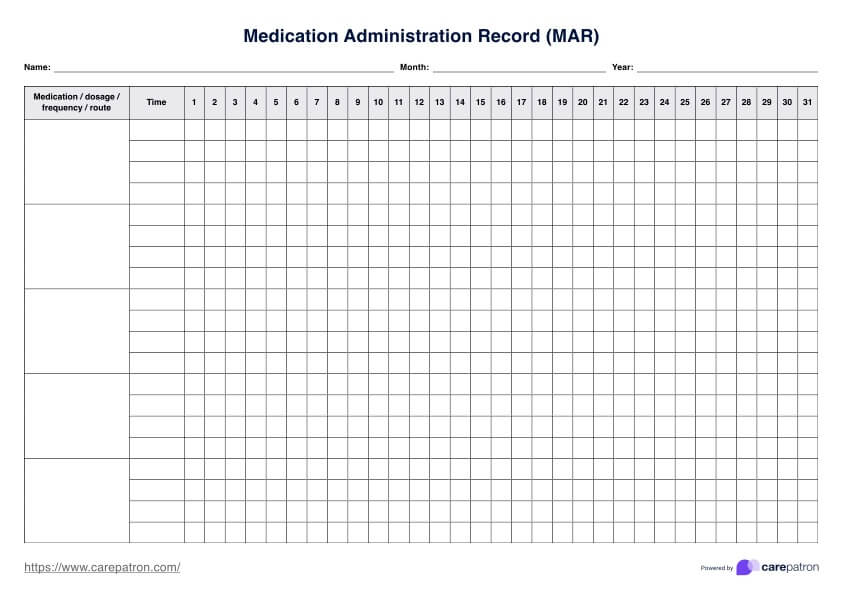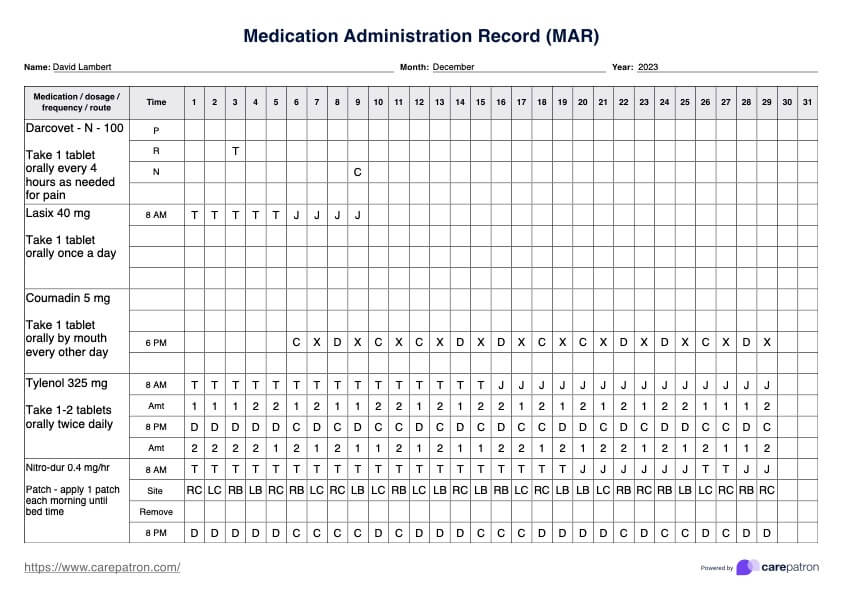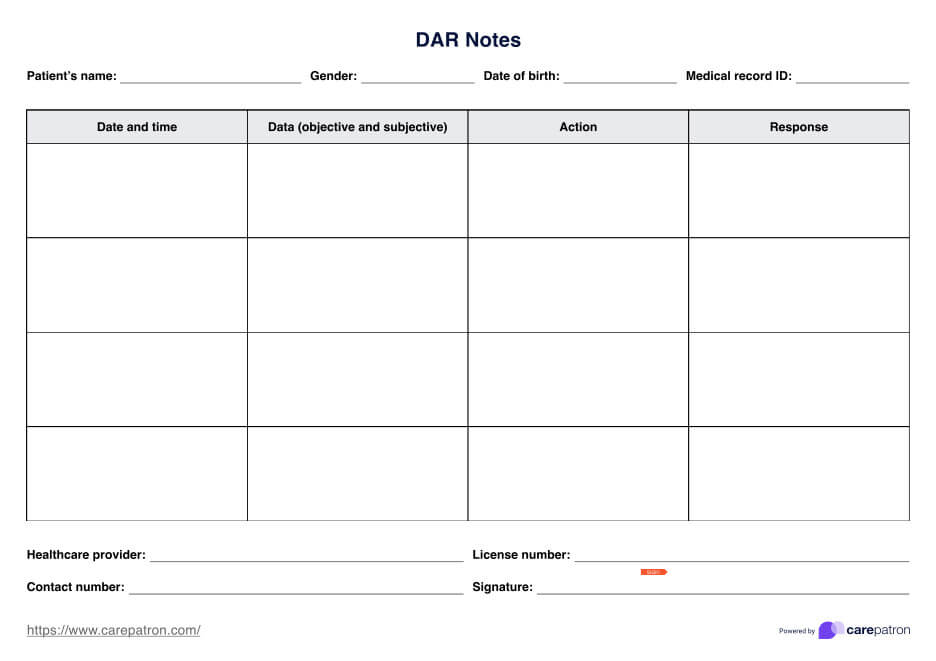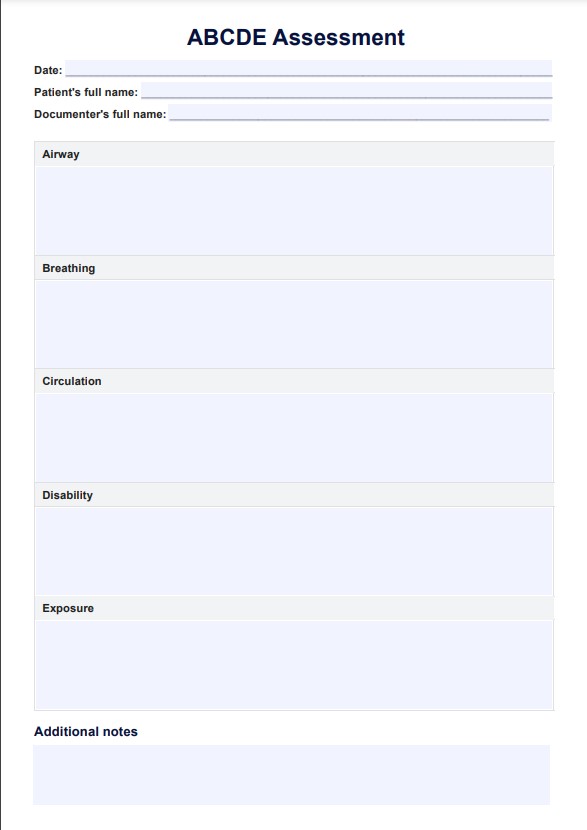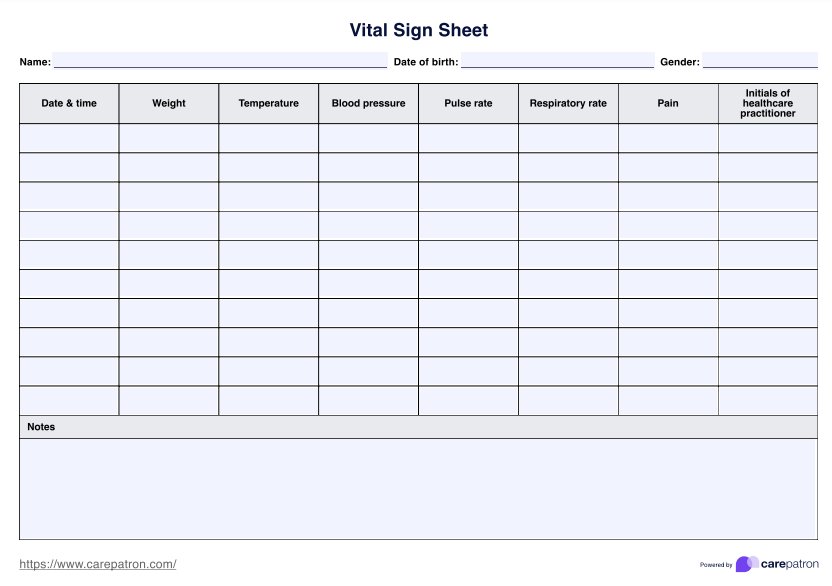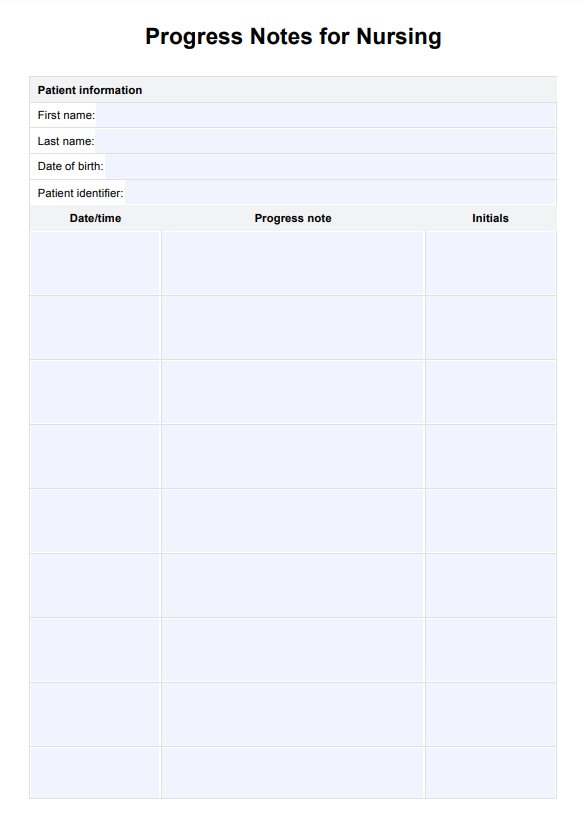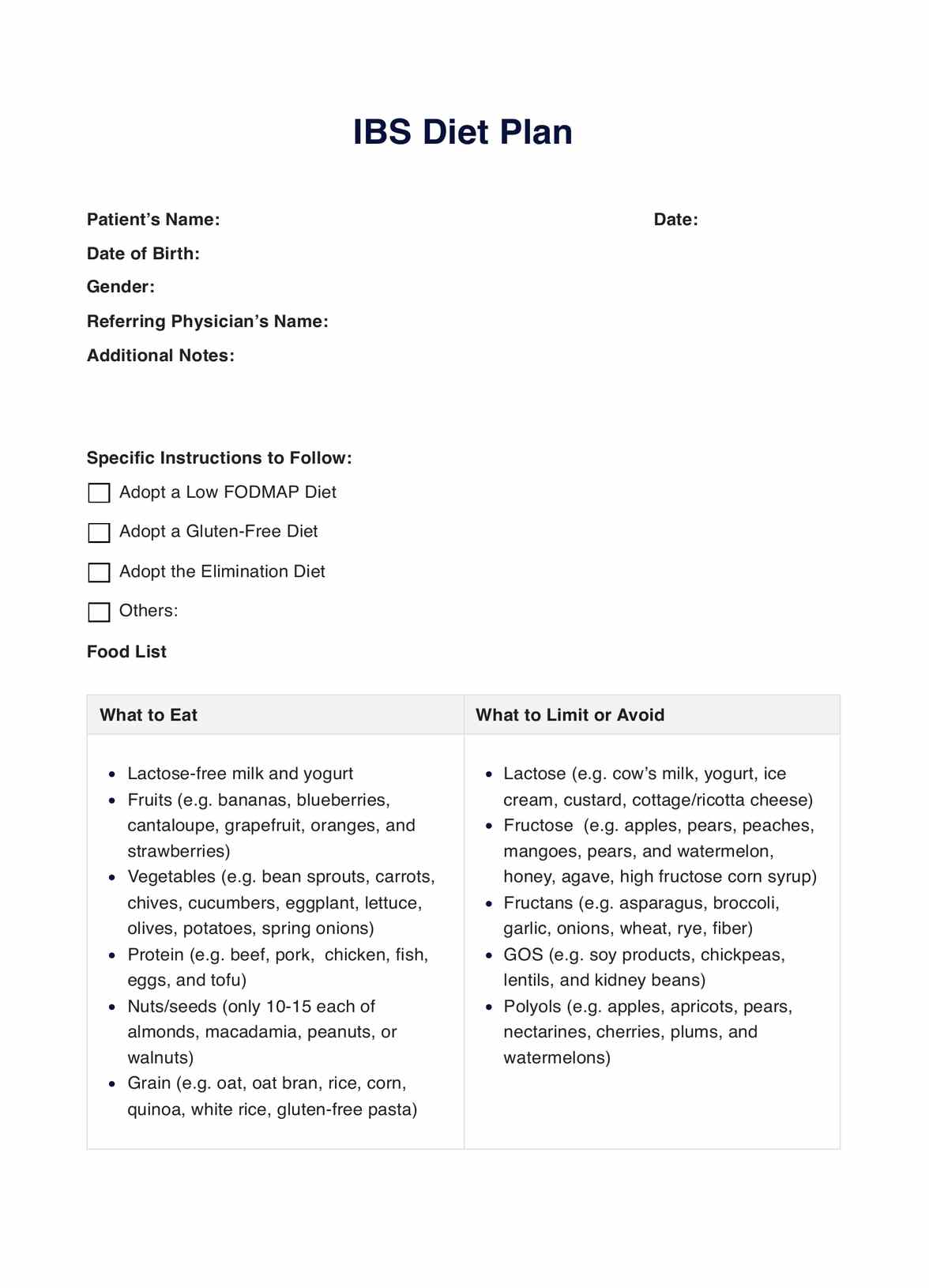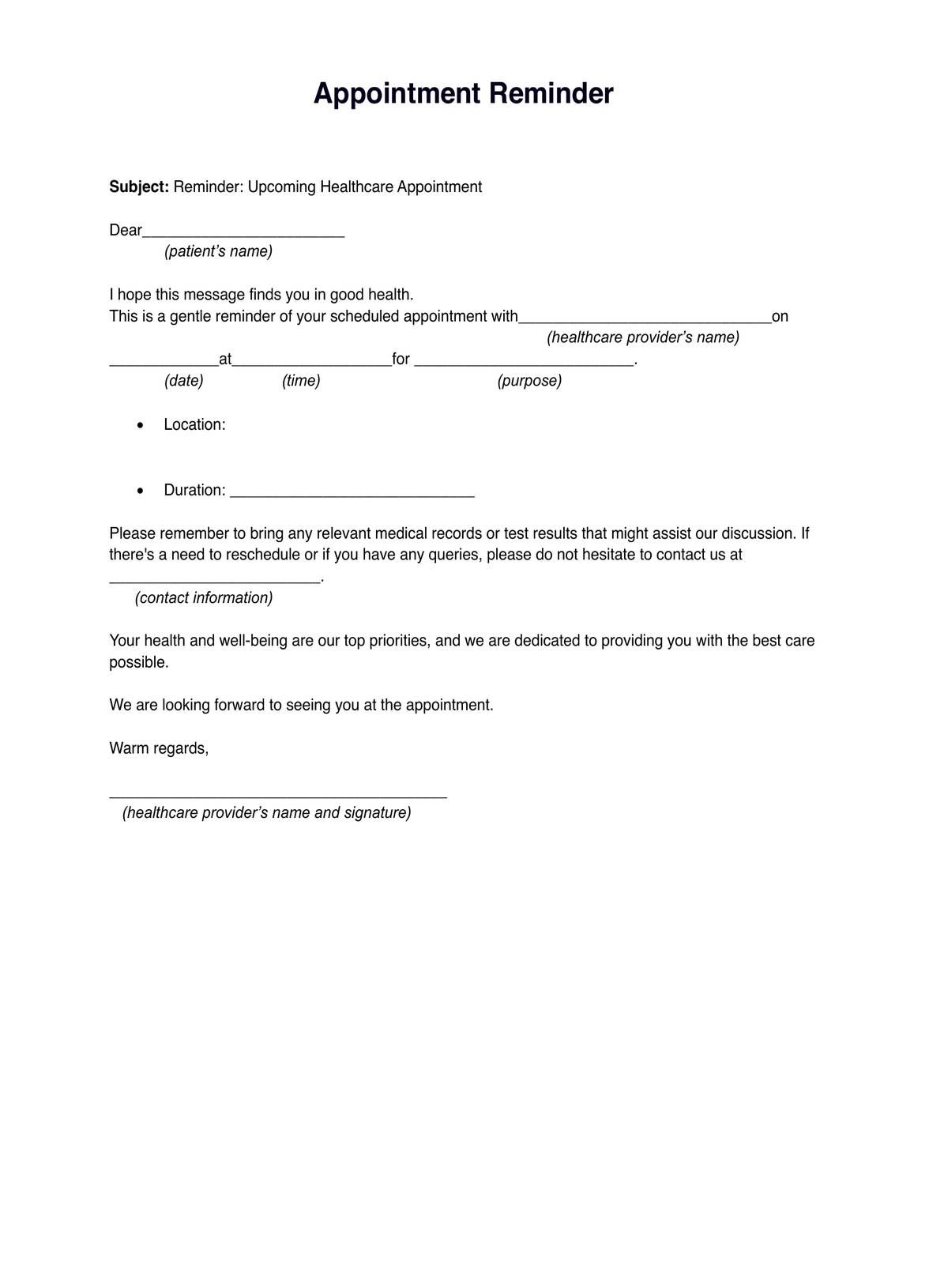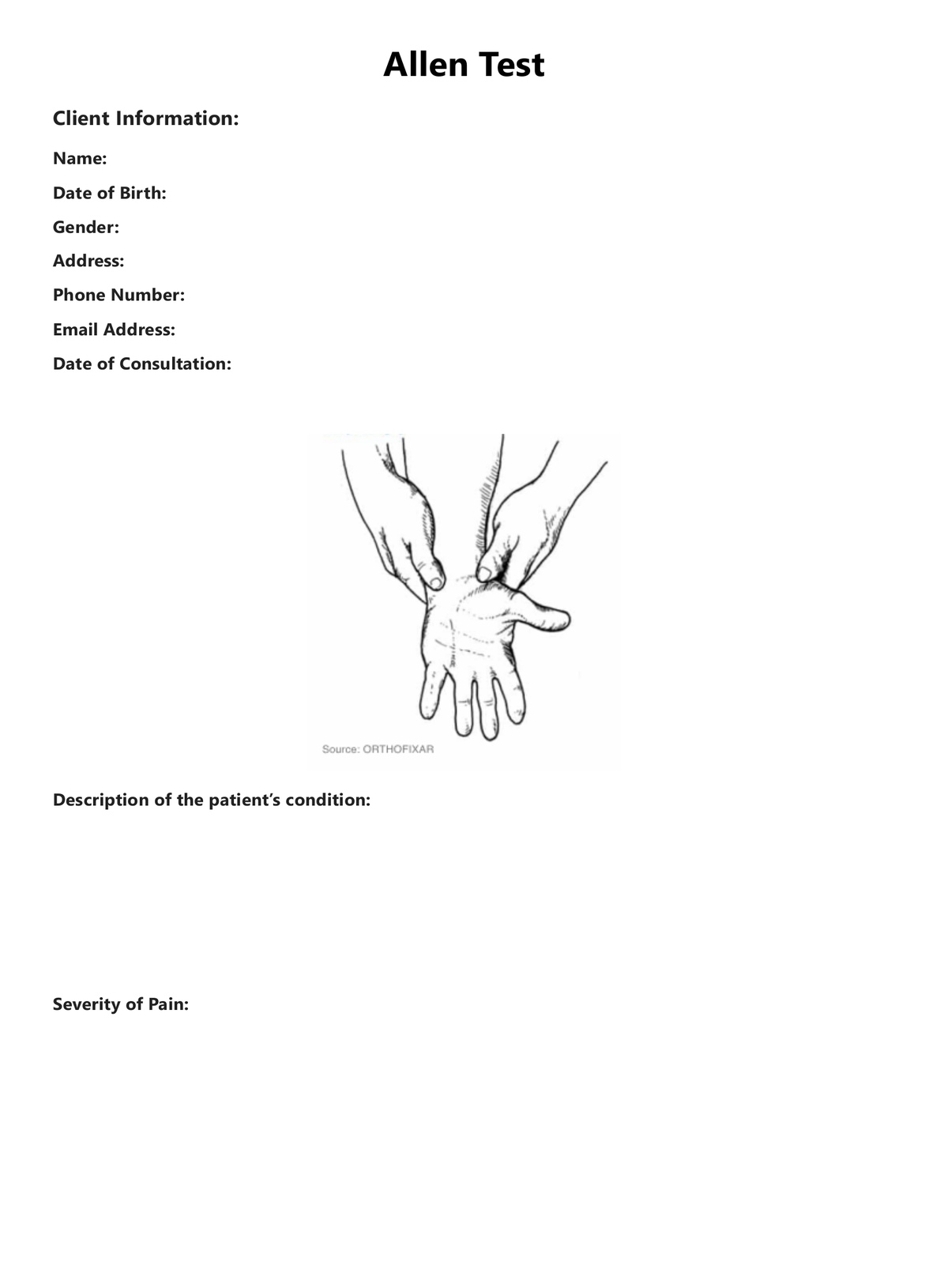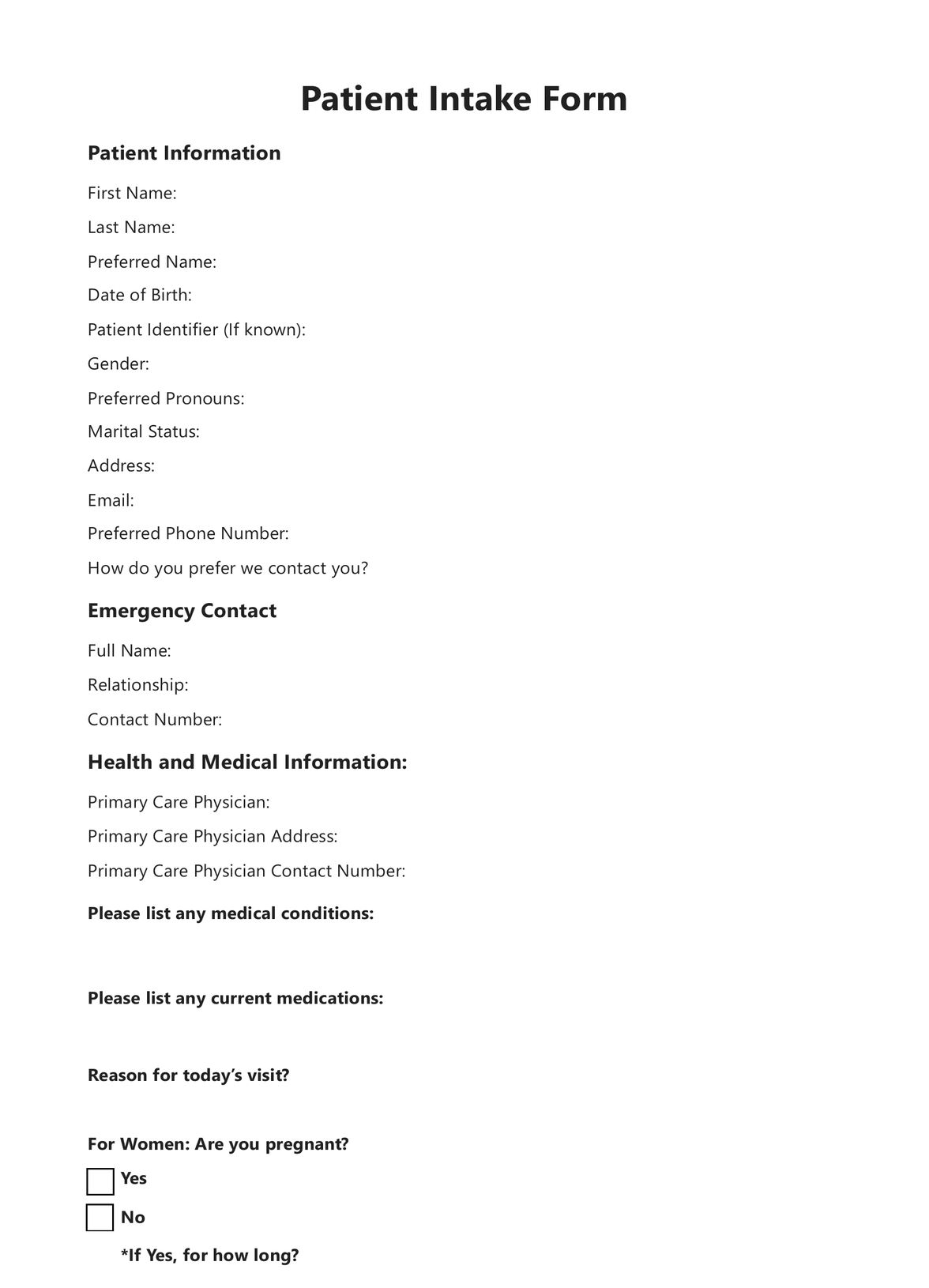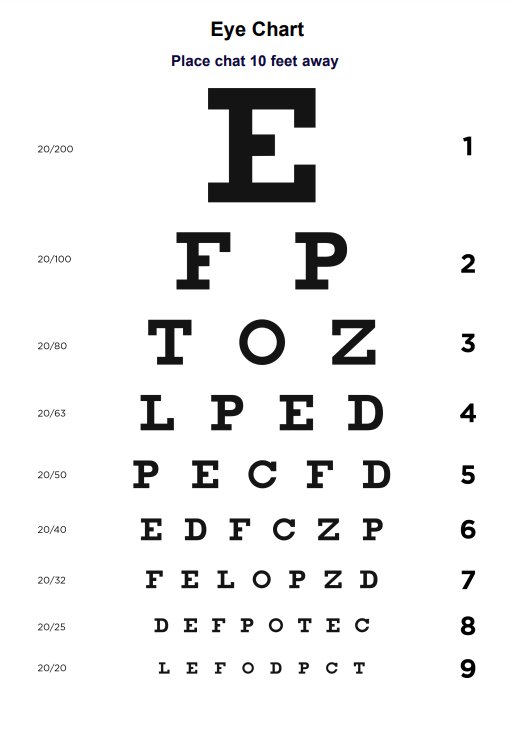Medication Administration Record (MAR)
Efficiently manage patient medications with our Medication Administration Record system, ensuring accurate tracking and enhancing healthcare workflow.


What is a medical administration form?
In healthcare, various forms and documents are used to ensure that the delivery of services is transparent and appropriate. Essentially, these are forms used by prescribing practitioners to document how to administer a patient's medication. They work in conjunction with consent forms (and it is important to note that the administration form is not a consent form).
Healthcare professionals should record the patient’s personal details and the medication administered when prescribed. They should also include details regarding when the patient (or their legal guardian) consented to the medication being administered to ensure that care remains compliant.
While a medical administration form provides instructions for medication use, a medication administration record (MAR), also known as a drug chart, is used to execute those instructions and serves as a real-time, ongoing record of a patient’s medication regimen. These medication log sheets document important information and are useful in keeping track of the actual administration of these medicines to patients.
Medication Administration Record (MAR) Template
Medication Administration Record (MAR) Example
What is a Medication Administration Record Template?
A Medication Administration Record (MAR) Template is a valuable tool for healthcare practitioners to collect data regarding medicine, dosage, and prescribed frequency, and it can be used as a reference for patient medications. It’s a structured form that allows healthcare providers to record essential details, ensuring safe and effective medication administration.
This template typically includes crucial information such as the patient’s name, date of birth, a prescribed medication chart, dosage, administration times, and any specific instructions. By providing a standardized format, the MAR Template promotes consistency in MAR documentation, reducing the risk of errors and enhancing patient safety and health outcomes.
How to use the Medication Administration Record Template
Using the printable Medication Administration Record Template streamlines the medication management process for healthcare practitioners, fostering efficiency and ensuring patient safety. Here’s a concise guide on how it works and the steps involved in filling out the form:
Step 1: Access the template
Begin by obtaining the printable Medication Administration Record Template PDF on any device in physical or digital format. Ensure that it includes crucial sections for patient information, medication details, and emergency contacts. Feel free to also access our Medication Administration Record Example or MAR documentation example as a guide on how to complete the blank template.
Step 2: Patient information entry
Input the patient's name, date of birth, and any pertinent allergies. This information is vital for personalizing medication administration and avoiding adverse reactions.
Step 3: Medication details
Fill in the table with precise details of each medication. Include each dose’s medication name, dosage, administration route, frequency, and specific times. This structured format facilitates clarity and reduces the risk of errors.
Do note that even PRN medications or those taken as needed should be documented with specific details, including the reason for administration and the licensed practitioner's order.
Step 4: Document additional instructions
Also, note additional instructions, such as administering with food or special considerations. This ensures that the healthcare practitioner is aware of the specific requirements for each medication.
Step 5: Healthcare practitioner's signature
After administering medications, the healthcare professional signs and dates the form, acknowledging the completion of the medication administration. This step reinforces accountability and serves as a record of the healthcare professional’s actions.
When should you use this template?
A Medication Administration Record Template should be used consistently in various healthcare settings to ensure accurate and thorough documentation of medication administration records. The template becomes an essential tool in several key scenarios:
- Patient admission: Initiating a MAR is crucial when a new patient is admitted to a healthcare facility. This establishes a baseline for the patient’s medication regimen and ensures continuity of care from the outset.
- Medication changes: Any time a patient’s medication regimen is altered, whether a new prescription, dosage change, or medication discontinuation, the MAR template should be updated to reflect these changes accurately.
- Shift changes: Healthcare providers should review and update the MAR at the beginning and end of each shift. This practice promotes clear communication between staff and ensures no doses are missed or duplicated.
- Medication administration: The MAR template should be consulted and filled out each time a medication is administered. This real-time documentation is critical for maintaining an accurate patient treatment record.
- Scheduled medication reviews: Many healthcare facilities conduct regular medication reviews. The MAR template provides valuable information during these assessments, helping to evaluate the effectiveness of current treatments and identify potential issues.
Benefits of using a Medication Administration Record Template
Using a Medication Administration Record Template offers numerous benefits that contribute to improved patient care, enhanced safety, and increased efficiency in healthcare settings. Here are some key advantages:
Improved patient safety
A well-designed MAR Template significantly reduces the risk of medication errors. Providing a clear, standardized format for recording medication details helps prevent issues like missed doses, incorrect medications, or improper administration times.
Time efficiency
Using a template streamlines the documentation process, saving valuable time for healthcare providers. Pre-formatted sections and standardized entry fields make it quicker and easier to record necessary information accurately.
Regulatory compliance
These templates can be designed to meet specific regulatory requirements, helping healthcare facilities maintain compliance with local, state, and federal guidelines for medication administration and documentation.
Continuity of care
When patients transfer between departments or facilities, a well-maintained MAR provides a comprehensive medication history, ensuring continuity of care and reducing the risk of medication discrepancies.
Commonly asked questions
A medication administration record (MAR) is a document used in healthcare settings to record the administration of medications to patients. It serves as a comprehensive record of the medications prescribed, the dosages given, the route of administration, and the time of each dose.
The primary purpose of a medication administration record (MAR) is to ensure the safe and accurate administration of medications to patients. It helps healthcare providers track and monitor the medications given, prevent medication errors, and communicate medication information among the care team. MARs are also used for legal documentation and billing purposes.
When filling out a medication administration record (MAR), healthcare providers should record the patient's name, date of birth, and any known allergies. The provider should also document the medication name, dosage, route, frequency, and the time each medication is due. After administering the medication, the provider should sign or initial the corresponding time slot on the MAR.


